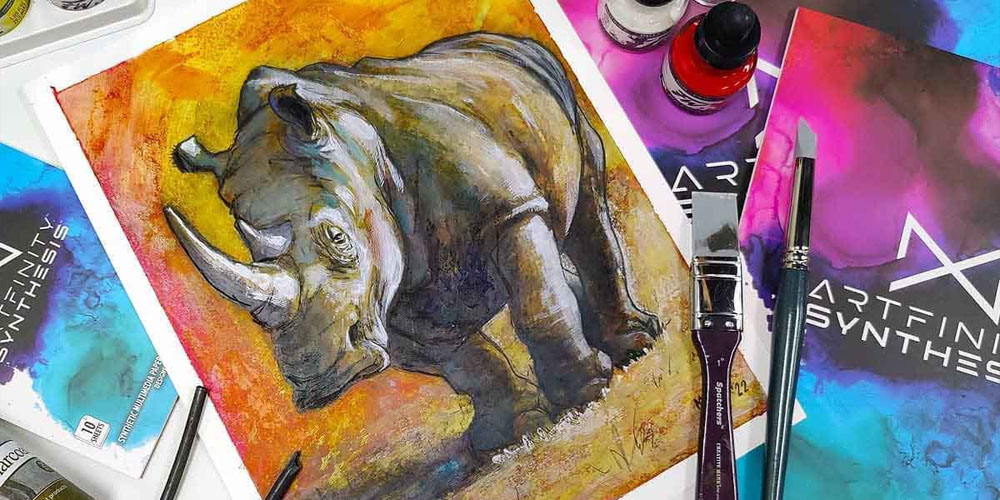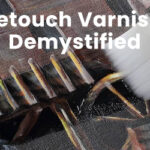Different Types of Watercolor Paper and Their Unique Qualities
Exploring the Different Types of Watercolor Paper and Their Unique Qualities
When it comes to watercolor painting, choosing the right paper is just as crucial as selecting the perfect palette of colors. The quality and characteristics of the paper can significantly impact the outcome of your artwork. In this blog, we will dive into the fascinating world of watercolor paper, exploring the different types available and their unique qualities.
By understanding the options at your disposal and how to choose the right watercolor paper, you can make informed choices that will enhance your painting experience and bring your artistic vision to life.
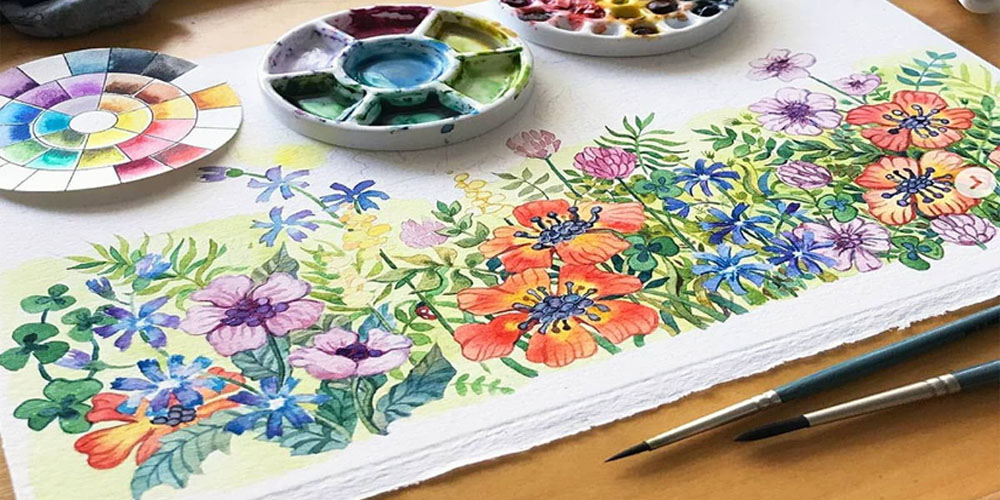
Understanding Watercolor Paper: Key Considerations
Watercolor paper differences
Before we delve into the specific types of watercolor papers, let’s discuss some important factors to consider when selecting the ideal paper for your artwork.
First and foremost is paper weight and thickness. Heavier papers generally handle water and pigments better, offering more durability and reducing the risk of buckling or warping.
Additionally, the texture of the paper plays a significant role in the overall look and feel of your painting. Smooth paper lends itself to fine details, while rough paper adds texture and character.
Finally, the paper’s sizing, which refers to the treatment applied to the surface, affects how the paint is absorbed and controlled.
See Related Supplies: Watercolor Brushes, Watercolor Paints
Cellulose vs. Cotton paper
The material that creates the paper can also drastically change how it handles paint. Cellulose and cotton fibers are common paper manufacturing materials.
Cellulose watercolor paper is made from wood pulp and is generally less expensive. It offers decent quality and is suitable for practice or final pieces.
Cotton watercolor paper, on the other hand, is made from cotton fibers, which provide superior absorbency, strength, and longevity. It is the preferred choice for professional artists and those seeking high-quality results.
Both cellulose and cotton papers have been favored by artists because of their acid-free and archival qualities. When processed correctly, both paper fibers have a PH of 7 or higher, making them alkaline, and less likely to degrade. Prior to the industrial revolution, cotton rags were the most common material used in paper manufacturing.
Cotton rags were recyclable and generally had long fibers, making them stronger and more flexible. When wood replaced cotton rags, the manufacturing process created shorter fibers and did not remove the acidic lignin from the paper, making the wood paper yellow quickly. This type of wood paper is still commonly used in newspapers today.
Higher quality cellulose and other wood papers will remove lignin, making them archival. This is why cotton is seen as the superior type of watercolor paper today.
Hot Press vs. Cold Press: Comparing Surface Texture
Watercolor papers come in one of 3 different surface types: Cold Pressed (NOT), Hot Pressed (HP) and Rough
One of the other primary distinctions in watercolor paper lies in its surface texture. Hot press paper has a smooth and flat surface, ideal for detailed work and precise techniques. On the other hand, cold press paper has a textured surface, often with visible bumps and valleys, which adds depth and creates interesting effects.
Choosing between hot press and cold press largely depends on your personal style and the desired outcome of your painting.
Hot press is great for intricate illustrations and smooth gradients, while cold press adds texture and can create more expressive and dynamic paintings. The texture of hot and cold pressed papers can even vary between different brands.
Some brands, such as New York Central Watercolor Paper, even offer a third option known as ‘rough’ which, as the name suggests, is even more textured than cold pressed paper.
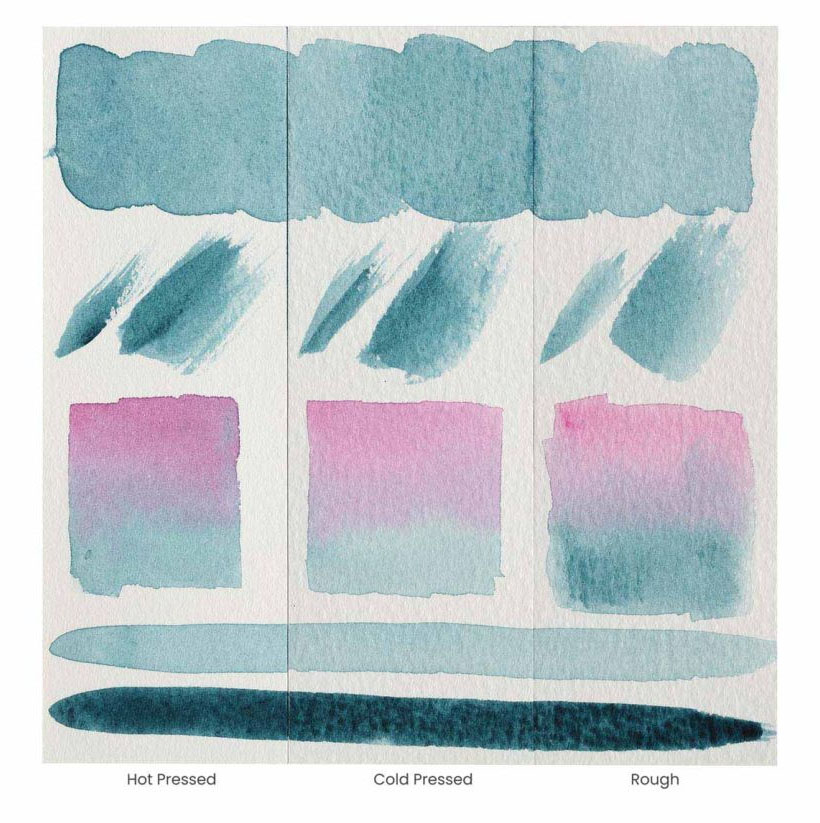
Exploring Specialty Watercolor Papers
Specialty paper options offer unique qualities and characteristics. Handmade papers, crafted with care and attention, often possess a distinctive texture and organic feel. Mold-made papers, manufactured using traditional methods, offer a balance between quality and affordability.
Some of these papers may even have a different style of edge, known as a deckled edge, which is created by the mold and deckle that shape the paper. It is a rough, organic edge that gives the paper a more hand-made, old-fashioned feel.
Exploring these specialty papers allows you to experiment with different textures, absorbencies, and surfaces, opening up opportunities to find a paper that perfectly matches your painting style.
Synthetic and Blended Watercolor Papers
Besides traditional cotton and cellulose papers, artists also have the option to choose between synthetic and blended watercolor papers. Synthetic papers are made from materials like polypropylene, offering durability, water resistance, and the ability to withstand heavy washes.
Blended papers, on the other hand, combine different fibers, such as cotton and cellulose, to create unique textures and characteristics. These alternatives provide artists with options beyond traditional paper choices, each with its own advantages and artistic possibilities.
Premium Watercolor Paper Brands
When seeking the finest quality watercolor papers, several brands stand out. These brands have established a reputation for their commitment to excellence and their dedication to producing papers that meet the highest artistic standards.
Arches, Fabriano, and New York Central are just a few examples of brands trusted by artists. All of which use high-quality cotton material in their professional artist paper. They are also all sold as both individual sheets and in blocks. In the case of New York Central, the individual sheets are packaged in reusable zip-top bags, to help preserve and protect the paper even further.
These premium papers offer exceptional durability, color vibrancy, and handling properties, elevating your painting experience and ensuring long-lasting artwork.
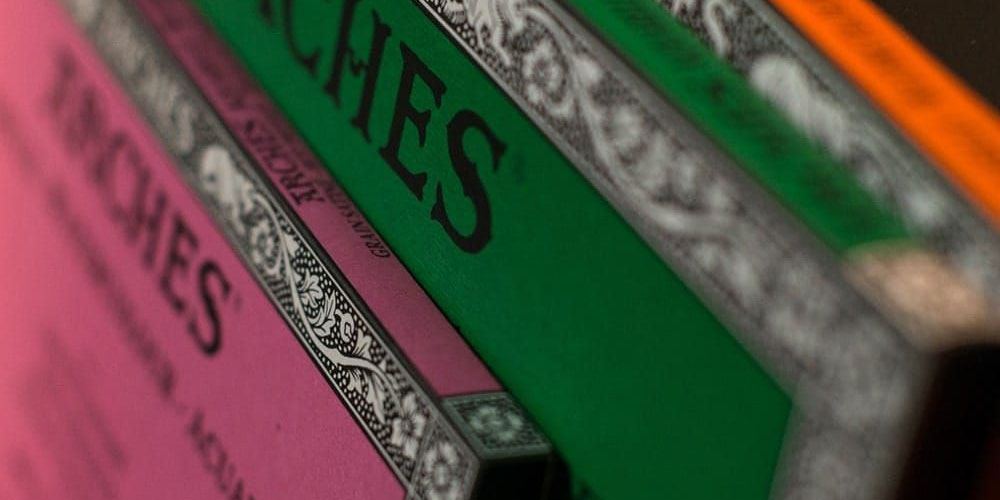
Choosing the Right Watercolor Paper for Your Artistic Style
As an artist, your style, techniques, and preferences play a crucial role in selecting the ideal watercolor paper. Experimentation and exploration are key to discovering the perfect match.
Consider the effects you want to achieve, whether it’s delicate details, vibrant washes, or expressive textures.
Choosing the right watercolor paper is an art in itself. Testing different papers and observing how they respond to your techniques will help you find the right paper for your unique artistic style.
Frequently Asked Questions and Answers
How do I prevent watercolor paper from warping or buckling?
Warping or buckling of watercolor paper can be minimized by stretching the paper before painting. This involves soaking the paper in water, taping it down to a board, and allowing it to dry completely. Alternatively, using heavyweight papers or painting on a watercolor block can help reduce the risk of warping.
If you want to learn more about watercolor paper, check out this video What Makes a Good Watercolor Paper?
Can I use watercolor techniques in sketchbooks?
While mixed media or sketchbook papers can handle light washes and watercolor pencils, they are not specifically designed for traditional watercolor techniques. The papers may not have the necessary absorbency or durability, resulting in unsatisfactory results. It’s recommended to use dedicated watercolor papers for the best outcome.
What is the difference between hot and cold pressed paper?
The main difference in hot pressed and cold pressed papers is during the manufacturing process. Hot pressed papers are created to have a smoother surface and less absorbent than cold pressed papers, which are more textured, more absorbent and dry quicker.
What is the difference between cellulose and cotton paper?
Cellulose papers can be high quality, but are generally known for being cheaper and less absorbent than cotton paper, which is viewed as the best quality paper for professional artists. Cellulose papers are commonly made from wood, which has to have acidic lignin removed in order to be acid-free, whereas cotton papers are made from naturally acid-free fibers.
More Resources



